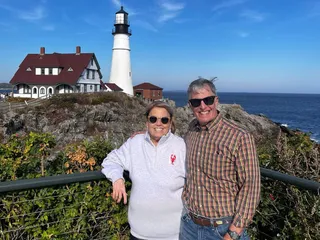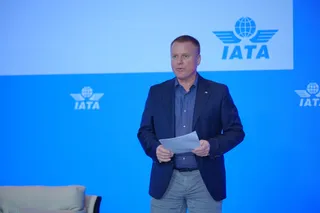US Air Force’s Altitude Chamber Takes Your Breath Away
Contact Our Team
For more information about how Halldale can add value to your marketing and promotional campaigns or to discuss event exhibitor and sponsorship opportunities, contact our team to find out more
The Americas -
holly.foster@halldale.com
Rest of World -
jeremy@halldale.com

Enlisted aviator students in the U.S. Air Force 37th Training Wing will now experience physiological responses to flying, right from the comfort of their training base. The Wing’s Career Enlisted Aviator Center of Excellence (CEA COE) at Joint Base San Antonio (JBSA)-Lackland will cut the ribbon on its new altitude chamber, making it officially open for regular student use on 15 June.
“We're always pushing the envelope when it comes to bringing our students the best training and education, and the opening of this altitude chamber is just one piece in the puzzle of preparing the next generation of Airmen for careers as enlisted aviators,” said Lt. Col. Patrick King, Commander of the 344th Training Squadron that oversees the CEA COE.
When enlisted aviators—that’s any Airman with an aircraft job other than piloting or navigating the plane—graduate from Basic Military Training, they head up the street to begin tech school in the CEA COE. The CEA COE teaches a base level of aviation knowledge in Aircrew Fundamentals on aerodynamics, aircraft systems, safety procedures, publications, physiological responses to altitude and more to Air Force and international students in aviation career fields.
After students can explain physiological functions and how to respond in the midst of an altitude threat, such as hypoxia, they strap into an altitude chamber and experience it for themselves. Previously, classes drove to JBSA-Randolph to use its chamber, but now students will experience simulated altitude threats in the new chamber right below their classroom.
“Learning how to use both everyday and emergency in-flight equipment is crucial to an enlisted aviator’s success,” said Staff Sgt. Agnes Berry, an aerospace physiology technician and instructor with the CEA COE. “You need to know how your body will respond, and how to keep you and your teammates safe.”
Upon completion of Aircrew Fundamentals, Airmen progress to their higher level, specialized aircrew training within the CEA COE. Specialized courses include the Boom Operator, Flight Engineer, Aircraft Loadmaster, Airborne Mission Systems Operator, Flight Attendant and Special Missions Aviators courses.


.png/r%5Bwidth%5D=320/7f2021f0-9a0d-11f0-b8f7-272ce5993c28-nano-banana-2025-09-24T11-07-03%20(1).webp)